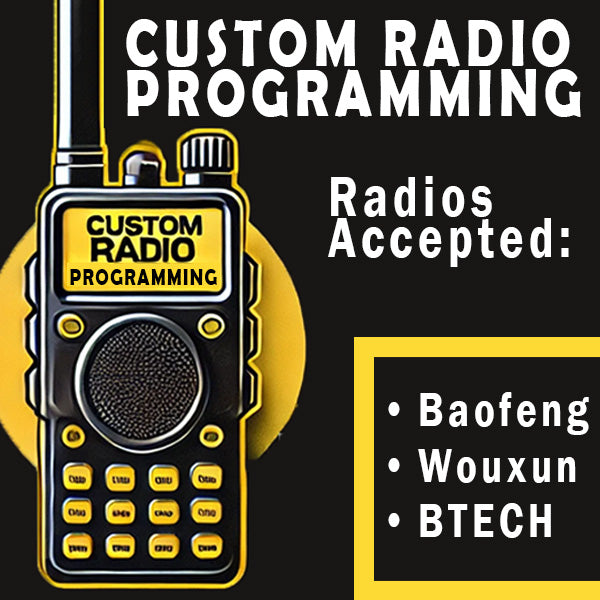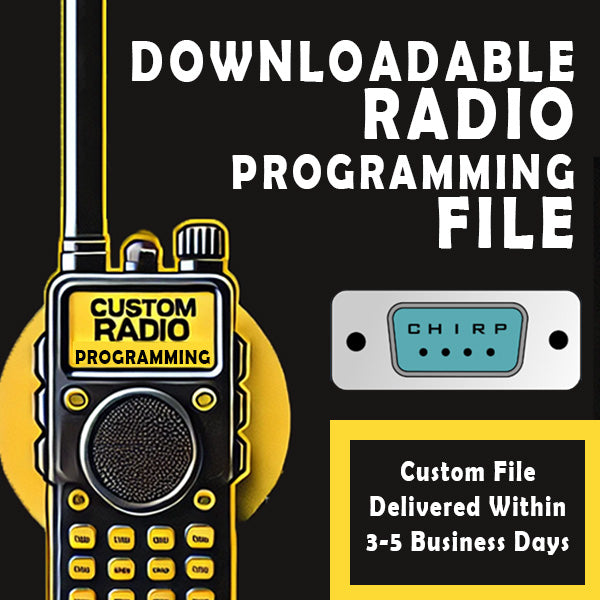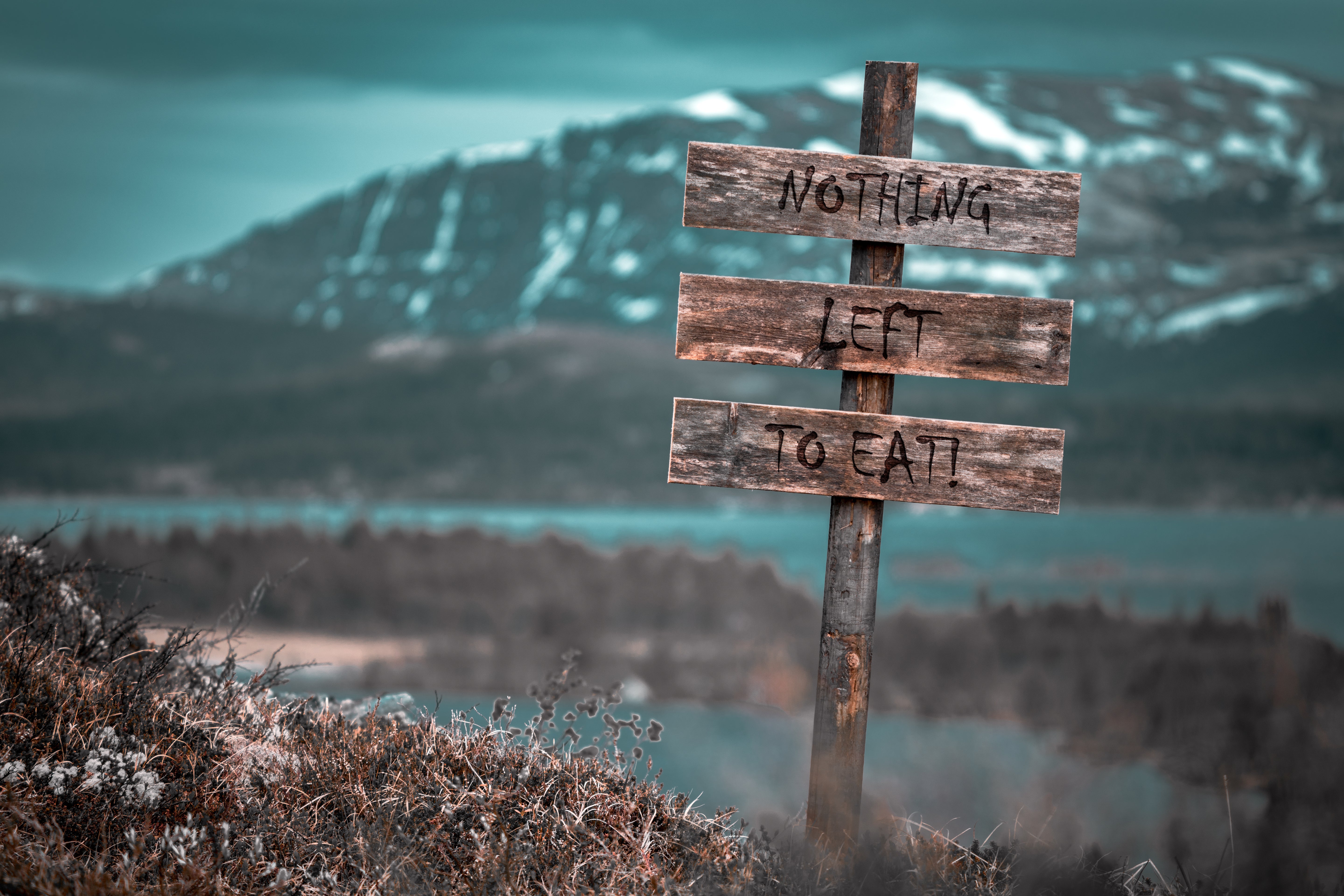When the grid goes down, how will you communicate? If you're new to prepping, you've probably stocked food, water, and maybe even some off-grid power. But what about staying informed and connected? Emergency radios are one of the most critical, yet most overlooked, aspects of preparedness. And honestly, it’s not your fault—radio can seem complicated, overwhelming, and filled with confusing jargon.
That’s why we’re breaking it all down in simple terms, so you know exactly where to start.
Why Most “Emergency Radios” Are Useless
When you search for an emergency radio online, you’ll probably come across hand crank radios that brag about AM/FM and NOAA weather alerts. While these have some basic use, they’re incredibly limited. You’re better off investing in a UHF/VHF radio (like a Baofeng) that does everything those radios can—and much more.

|
 |
FRS and CB Radios: Not the Answer for Serious Preppers
You may have seen FRS radios (those “bubble pack” walkie-talkies at Walmart or Home Depot) or heard your grandpa talk about CB radios. While they have their place, they’re not reliable for emergency communication:
- FRS: Short range, limited to preset channels, no programming or customization
- CB: Poor handheld performance, no access to repeaters, limited band capability
These are hobby tools at best—not real prepping solutions.

|
 |
GMRS and HAM: The Only Two Radios Preppers Should Consider
If you’re serious about prepping, your options come down to GMRS and HAM radios. Both offer access to powerful repeater networks that dramatically extend your communication range.
What’s a Repeater and Why It Matters
A repeater is a high-mounted radio tower that receives your signal on one frequency and rebroadcasts it on another. This allows your signal to travel miles farther—especially helpful in mountainous or rural areas.
- GMRS repeaters: Easy to access with a GMRS license (no test required)
- HAM repeaters: Require a HAM license (test + $35 fee), but offer broader capabilities
In short, repeaters turn short-range radios into long-distance communication tools.

Do I Need a License to Use a Radio?
No license is required to listen. You can legally monitor emergency services, weather alerts, HAM traffic, GMRS channels, and more.
A license is only required when you want to transmit on GMRS or HAM frequencies. But in a real emergency or SHTF scenario? Many agree the rules go out the window.
What Can You Actually Listen to With Ham & GMRS Radios?
Using a VHF/UHF radio (like a Baofeng UV-5R), you can listen to:
- GMRS & HAM repeaters
- NOAA weather broadcasts
- Emergency dispatch (depending on your area)
- FM radio
- Some fire & local government frequencies
- Prison system comms and more
💡 Tip: Use RadioReference.com to search your local zip code and see what frequencies are active and unencrypted in your area.
Why GMRS Might Be the Safer Option for New Preppers
A major advantage of GMRS radios is that they're programmed to only transmit on legal GMRS channels, even if you load them with other frequencies to listen to. That means you won’t accidentally transmit on police or HAM bands and get hit with fines.
If you're new and want peace of mind without worrying about breaking FCC laws, GMRS is a smart starting point.

The Programming Problem (And How to Solve It)
Let’s be real—these radios can be hard to program.
That’s where many preppers give up, even though the radios themselves are powerful and affordable. You have two options:
1. DIY with CHIRP Software
- Free software that lets you program your radio using a USB cable
- Can import local repeaters using your GPS coordinates
- Great for tinkerers or budget-conscious preppers
2. Buy a Pre-Programmed Radio
You can order a pre-programmed radio from here on my website for just $99. It comes fully loaded with:
- GMRS & HAM repeaters in a 50–75 mile radius
- Emergency services channels (where legal to listen)
- NOAA and more
No fuss. No guesswork. Just plug and go.
Want to Listen to Even More? Add a Shortwave Radio
If you want to go beyond UHF/VHF, consider getting a shortwave radio with SSB (Single Sideband) capability. This allows you to:
- Listen to long-distance HAM operators
- Monitor international broadcasts
- Hear activity on the HF bands during emergencies
It’s a powerful tool for intelligence gathering when local infrastructure is down.
Final Thoughts: Radios Are a Prepper's Lifeline
Communication is survival. When cell towers go offline, power is out, and internet is gone, your ability to hear and talk to others becomes priceless. Whether it's local emergency alerts or chatter from other preppers, radio keeps you in the loop when nothing else will.
Start with a basic GMRS or HAM radio. Decide if you want to program it yourself or buy one pre-loaded and ready. Either way—just don’t skip this step.










